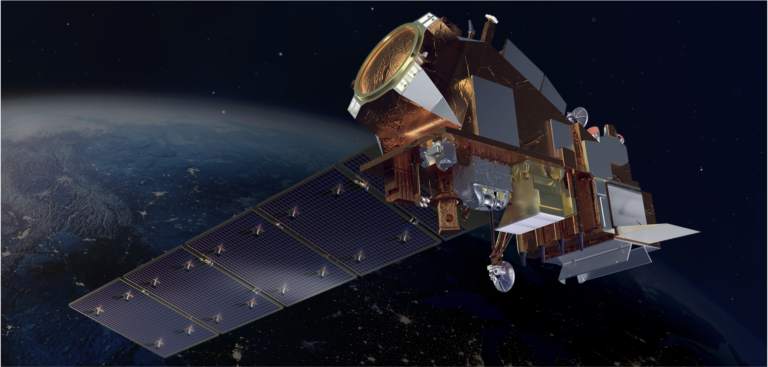US space agency NASA has completed the flight readiness review for the upcoming launch of NOAA’s Joint Polar Satellite System-2 (JPSS-2) mission on November 1, 2022. This will be followed by the launch readiness review, which is scheduled to begin at 9am (PDT) on October 28.
JPSS-2 is the third satellite in NOAA’s polar satellite series and is expected to capture data to improve weather forecasts, helping scientists predict and prepare for extreme weather events and climate change. It is scheduled to launch at 5:25am (EDT) on November 1, on a United Launch Alliance (ULA) Atlas V 401 rocket from Space Launch Complex 3 at Vandenberg Space Force Base in California.
The JPSS satellites represent a significant technological and scientific advancement in observations used for severe weather prediction and environmental monitoring, with the gathered data proving critical for the timeliness and accuracy of forecasts three to seven days in advance of a severe weather event. JPSS-2 will scan Earth as it orbits from the North Pole to the South Pole, crossing the equator 14 times a day to provide full global coverage twice a day.
NASA and NOAA have partnered in the development, launch, testing and operation of all satellites in the JPSS series. Through its five satellites, JPSS will provide critical observations well into the 2030s. JPSS currently includes two satellites – the Suomi National Polar-orbiting Partnership, and NOAA-20. Upon reaching orbit, NOAA will rename the JPSS-2 satellite NOAA-21.
Live launch coverage will be provided on NASA Television, the NASA app and the agency’s website.



